Although Patagonia might be better known for its superlative landscapes, it’s inhabited by a hugely diverse selection of animals. If you’re planning a trip here to enjoy the region’s access to untouched wildernesses and plethora of outdoor activities, you’ll find that it’s easy to combine this with a little bit of Patagonia wildlife spotting.
Let us introduce you to some of the main species to look out for and read on for our tips for spotting Patagonia’s most fascinating residents.
Patagonia wildlife: mammals
As it comprises an area of 402,700-square-miles (1.043 million km²) in size, it should come as no surprise that the region’s various different vegetation, including Patagonian steppe and Magellanic deciduous forest, provides cover for a wide range of mammals.
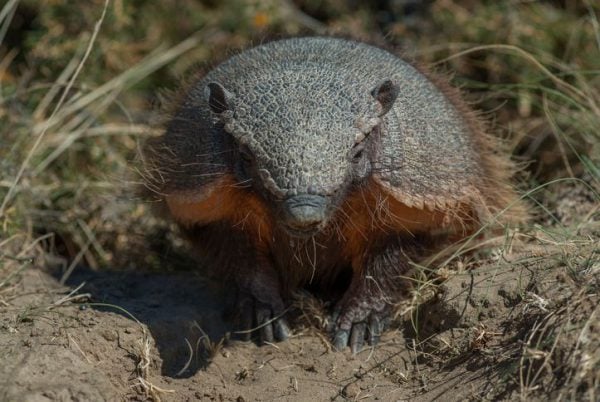 Some of the most exciting Patagonia wildlife you can expect to see include:
Some of the most exciting Patagonia wildlife you can expect to see include:
- Patagonian hog-nosed skunk: lives in grassy areas in Argentina and Chile where it feeds on insects.
- Patagonian puma: they live in habitats of dense forest and steppe and around 50 are thought to exist in Torres del Paine National Park alone!
- Small hairy armadillo: it lives in temperate grasslands in the northernmost part of Argentine Patagonia.
Patagonia wildlife: Marine animals
With a coastline that runs the full length of both Argentina and Chile and huge parts of the south dominated by a labyrinthine array of tiny fjords and channels, there is also an enormous range of marine wildlife that migrates to and breeds in the waters and coasts of Patagonia.
- Humpback whale: known for its distinctive behavior of breaching the water, the humpback whale is regularly seen in the Strait of Magellan in the far south of Patagonia.
- Southern right whale: breeding each year in Golfo Nuevo and Golfo Jose close to the Argentine town of Puerto Madryn, southern right whales are known to be curious towards boats, making them easy to spot as they regularly emerge from the water.
- Magellanic penguin: huge colonies of Magellanic penguins are found in both Argentine and Chilean Patagonia on various islands and beaches, including Isla Magdalena and Punta Tombo.
- King penguin: the only king penguin colony in the Americas is located on the coast of Bahía Inútil in Tierra del Fuego, where a group of around 60 individuals is resident throughout the year.
Patagonia wildlife: birds
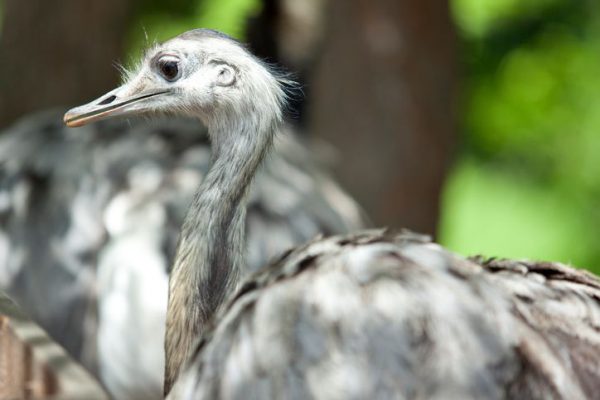 Keep your eyes peeled when hiking in El Chalten or Torres del Paine National Park or just when travelling through Patagonia. The following birds are surprisingly easy to spot in the region’s grasslands and forests:
Keep your eyes peeled when hiking in El Chalten or Torres del Paine National Park or just when travelling through Patagonia. The following birds are surprisingly easy to spot in the region’s grasslands and forests:
- Ñandú or lesser rhea: this flightless bird lives on the steppe in the far south of Patagonia, particularly in the grasslands surrounding Punta Arenas and Torres del Paine National Park.
- Austral parakeet: the world’s southernmost parrot species lives throughout Patagonia in areas of wood and scrubland.
- Magellanic woodpecker: a species that is easily identifiable thanks to the males’ brightly colored red heads, this large bird inhabits the forests of Patagonia.
- Southern crested caracara: a bird you will most likely see on a trip to Patagonia, this falcon is the second largest species in the world and is recognizable thanks to its yellow legs.
- Black-browed albatross: around 100 nests was recently discovered in Chilean Tierra del Fuego making this one of the best places to see the birds outside of the world’s largest colony on the Falkland Islands.
Tips for spotting Patagonia wildlife
Time you visit carefully
The types of animals you can aim to see in Patagonia varies according to the time of year and season. While king penguins live in Tierra del Fuego all year round, the Magellanic colonies peppered across Patagonia are only resident between September and March.
Similarly, August through October is the best time for seeing southern right whales off the coast of the Valdés Peninsular, but it’s the austral summer that brings humpback whales to the Chilean fjords.
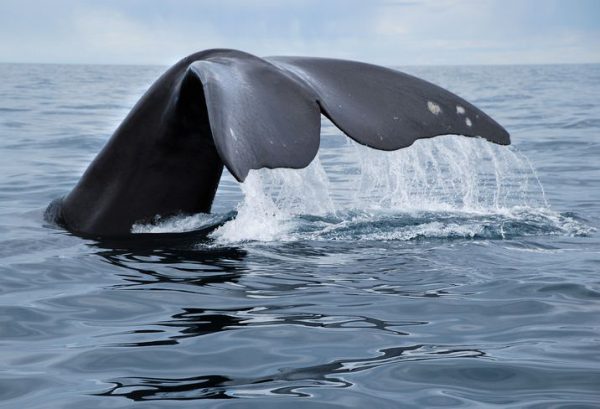 In terms of mammals, most are present throughout the year. However, cold temperatures and less access to the southernmost parts of Patagonia during the winter means that summer is often better for seeing animals here. For more information, read our guides to wildlife watching in Chile and when are the best times for seeing Patagonia wildlife.
In terms of mammals, most are present throughout the year. However, cold temperatures and less access to the southernmost parts of Patagonia during the winter means that summer is often better for seeing animals here. For more information, read our guides to wildlife watching in Chile and when are the best times for seeing Patagonia wildlife.
Invest in a tour and have better opportunities for finding unique creatures
Much of the wildlife in Patagonia can be spotted just by hiking in the countryside but to increase your likelihood of seeing some of the rarer species or reaching less accessible places that are brimming with wildlife, it’s worth looking at organized tours, such as these cruises from Punta Arenas.
No comments yet
There are no comments on this post yet.



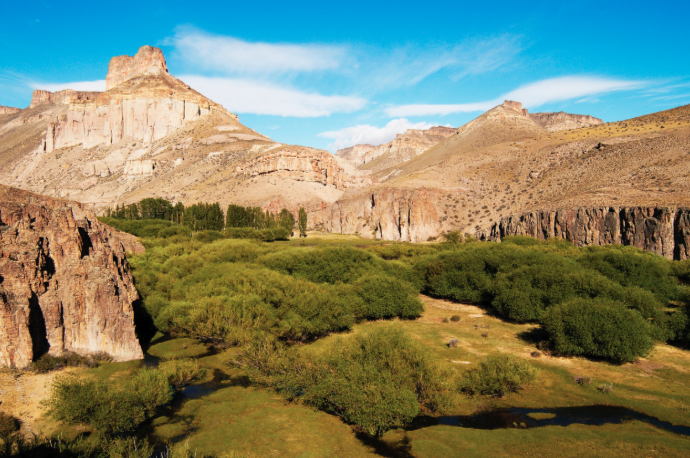
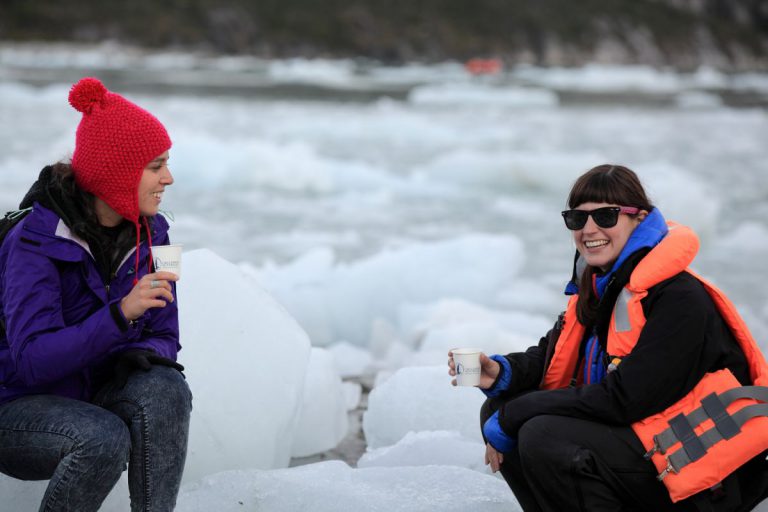
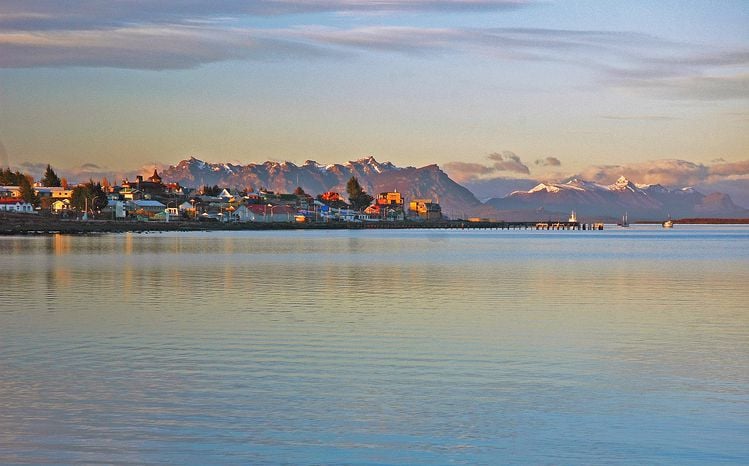
Leave a comment